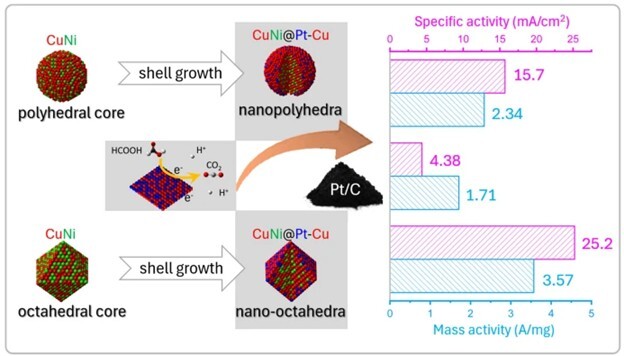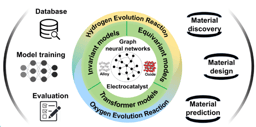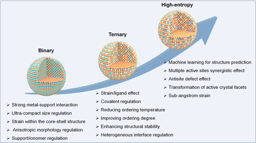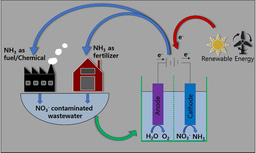Sharper, Stronger, Smarter: CuNi@Pt-Cu Nano-Octahedra Unlock New Potential for Formic Acid Fuel Cells

In our recent publication in Catal, we report the design and synthesis of shape-controlled CuNi@Pt-Cu core–shell nano-octahedra that deliver a significant advancement in the electrochemical oxidation of formic acid (FAOR)—a key reaction in direct formic acid fuel cells (DFAFCs), which are increasingly recognized as promising candidates for portable and sustainable energy technologies.
Through precise control of synthesis conditions—including elevated temperature (240 °C), rapid thermal ramping (12 °C/min), and gradual Pt precursor injection—we achieved sharp-edged nano-octahedra with (111)-facet-dominated surfaces and a Pt-Cu alloy shell. These structural features synergistically enhance both catalytic activity and long-term durability.
Synthesis highlights:
- Seed-mediated colloidal synthesis (two-pot method) with morphology control
- Sharp-edged core@shell nano-octahedra with narrow size-distribution
- Controlled deposition of uniform layers with sub-nanometer precision
Performance highlights:
- ~5.75× higher specific activity than commercial Pt/C
- ~2.09× higher mass activity
- Only ~17% activity loss after 1-hour durability testing
Industry impact:
These results demonstrate that the nano-octahedra not only outperform conventional catalysts but also offer a platinum-efficient and scalable solution for DFAFCs. By reducing noble metal consumption while maintaining high performance, this work contributes to the development of cost-effective, durable fuel cell systems suitable for real-world applications in clean energy, backup power, and mobile electronics.
Authors:
Can Li, Xiaobo Chen, Lihua Zhang, Bo Zhao, Coby Woodver-Frost, Prabhu Bharathan, Anna Dennett, Guangwen Zhou, and Jiye Fang
Affiliations:
State University of New York at Binghamton, Brookhaven National Laboratory, and Texas Tech University
*Corresponding author: Jiye Fang (jfang@binghamton.edu )
Follow the Topic
-
Catal

Catal is an open access journal covering full spectrum of catalysis critical advances. From biocatalysts to heterogeneous catalysts, it integrates fundamental and applied sciences. Catal offers a primary platform for researchers and practitioners in the field.
Related Collections
With Collections, you can get published faster and increase your visibility.
Bio-Catalysis in Circular Bioeconomy and Green Chemistry
This collection emphasizes the role of bio-catalysis in advancing the circular bioeconomy, focusing on enzymatic transformations and eco-friendly processes that valorize renewable feedstocks. Contributions should highlight innovative applications of bio-catalysis in waste-to-value systems, biorefineries, and green chemical synthesis.
Catal invites research articles, reviews and reports on the topic of the development of enzymes, metabolic engineering, and integration of bio-catalysis into industrial processes, aiming to reduce dependency on fossil-based resources and promote sustainable practices.
Publishing Model: Open Access
Deadline: Mar 31, 2026






Please sign in or register for FREE
If you are a registered user on Research Communities by Springer Nature, please sign in